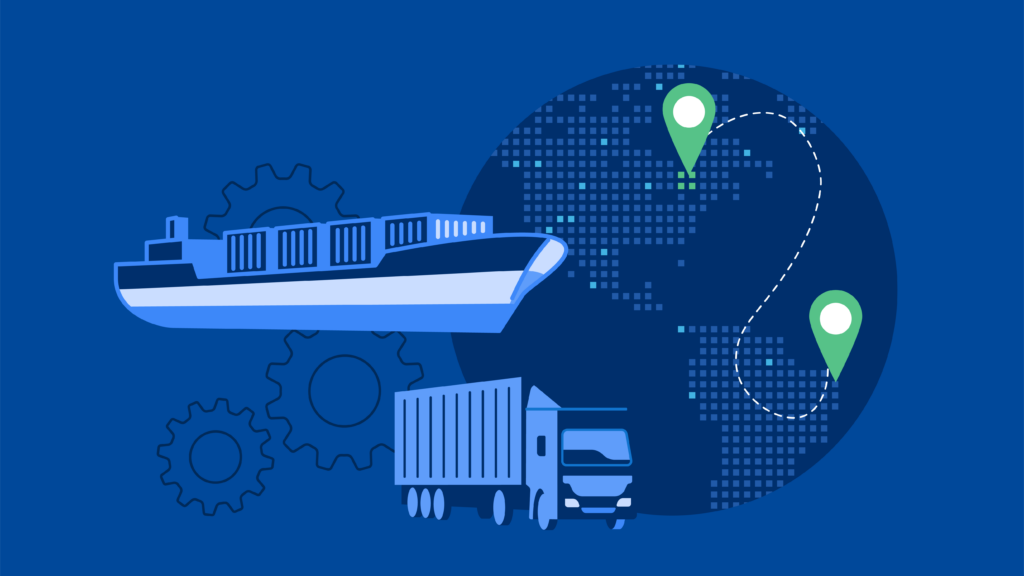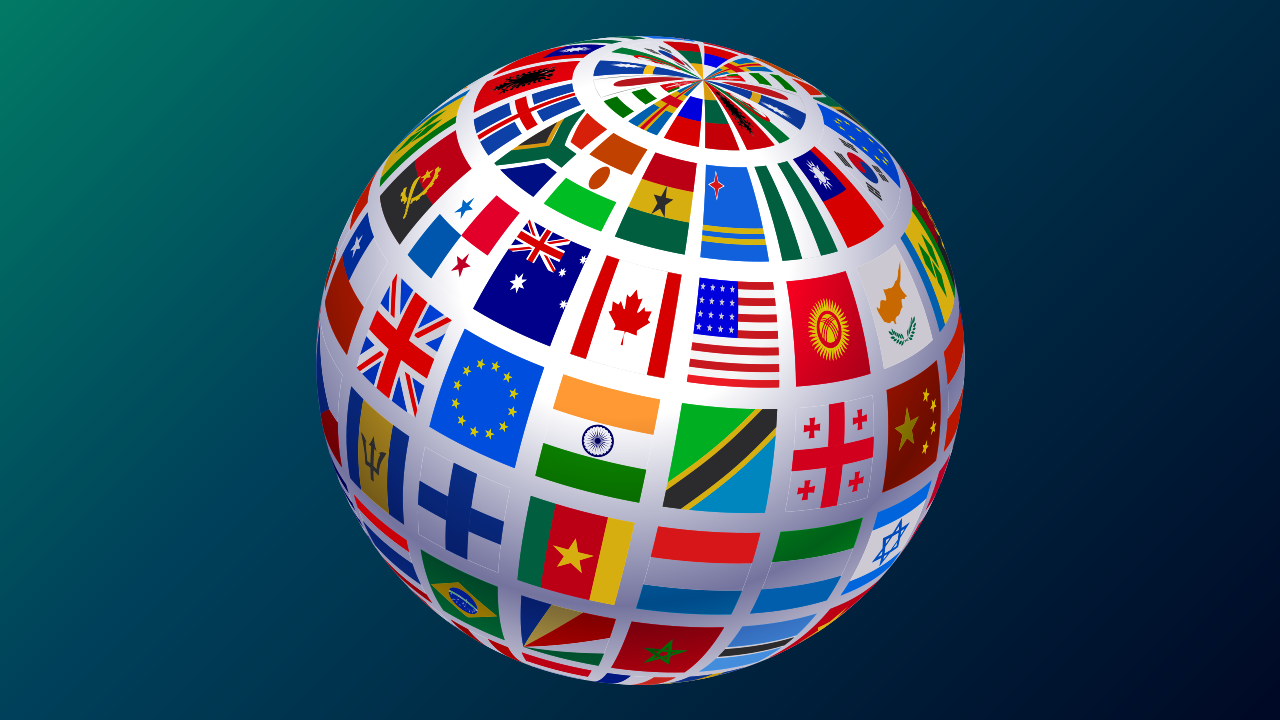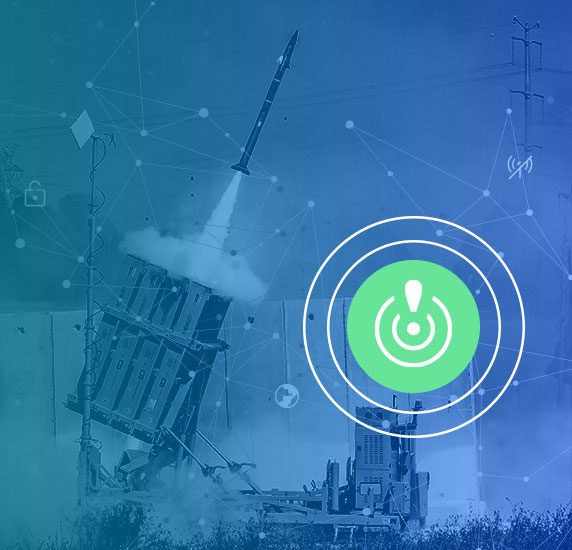Despite a brighter overall assessment of the global economy, executives cite geopolitical instability and conflict as the top risk to global growth. This underscores how essential it is for organizations to understand and prepare for geopolitical risks, especially in today’s business operating environment, where political instability, economic fluctuations, and cyber attacks can have far-reaching, worldwide impacts.
However, the business world’s focus on geopolitics has been waning since peaking in early 2022, despite high levels of global political risk. In fact, geopolitical risks are listed among the top 10 global risks for 2024. Organizations that can keep pace with these risks will gain a competitive edge and be able to effectively adapt to changing environments— strengthening their overall resilience.
Top geopolitical risks
Organizations today are dealing with a wide range of geopolitical risks, including:
- Artificial intelligence (AI). The rapid advancements in AI technology will continue to outpace government regulations. Gartner predicts that by 2026, 50% of governments worldwide will enforce the use of responsible AI through regulations, policies and the need for data privacy.
- Critical minerals. In recent years, demand has surged for critical minerals like lithium, cobalt, nickel and rare earth elements. Many of these minerals are highly concentrated in specific geographical regions, rendering mineral supply chains especially vulnerable to disruption. Laws in Europe and the U.S. designed to reduce dependency on foreign manufacturing have added additional complexities.
- Global conflicts/instability. The war in Ukraine continues on and the conflict between Gaza and Israel remains a source of instability and political upheaval in the region.
- Global elections. This year, voters will go to the polls in markets accounting for about 54% of the global population and nearly 60% of global GDP. The U.S. presidential race, in particular, will hold the world’s attention. According to the Eurasia Group, “an unprecedentedly dysfunctional US election will be by far the most consequential for the world’s security, stability and economic outlook.”
- Global inflation. Despite attempts to slow inflation in 2024, high interest rates will continue to plague global economies.
- Weather events. Increasingly volatile weather conditions are impacting the physical and cyber security of organizations around the globe. This year, the El Nino climate pattern is back (though it will weaken throughout the year), which will lead to heat waves, droughts, storms and floods.
Build resilience against geopolitical risk
Security leaders are under immense pressure to protect organizations that are increasingly connected in a global economy. Though they face ever-changing geopolitical risks, these leaders should develop a foundational security plan that enables them to respond to rapidly changing situations and prepare for a variety of events.
ESG programs
A robust environmental, social and governance (ESG) program will help integrate sustainable practices into business operations and strategies and reduce the impact of global climate change. Additionally, during periods of global instability and risk, companies committed to ESG principles exhibit greater resilience than those not committed to ESG principles, according to the Journal of Environmental Management.
ESG programs help implement more energy-efficient technologies, and lead to reduced operating costs and minimized environmental footprint. As governments around the world continue to add environmental regulations, organizations with ESG programs will be better prepared to comply with new laws and avoid legal penalties.
Forward-thinking organizations preemptively addressing environmental risks (i.e. extreme weather or resource scarcity) will not only reduce the bottom line, butcreate brand loyalty from consumers who feel the company’s values align with their own.
74% of risk professionals believe geopolitical tensions will seriously impact their people or operations in the next twelve months.
International SOS Risk Outlook 2024
Supply chain resilience
The Covid-19 pandemic highlighted the dangers of having a supply chain that is too reliant on one country or geography. But today’s organizations need to consider how the current increase in trade restrictions, as well as natural disasters, geopolitical tensions and ethical sourcing will impact supply chains.
Many global organizations now look to omnishoring—diversified sourcing locations—which reduces dependencies on specific locations in the event of trade restrictions or other unforeseen events that limit or eliminate access.
Though supply chain leaders can be hesitant to embrace new technology, the World Economic Forum recommends organizations focus on three areas to help strengthen resilience.
- Increase reliance on data-backed insights to reduce friction in the supply chain via process mining software solutions. For example, one organization was able to reduce truck transports by 300 per week using data to curtail the number of empty shipping containers being shipped. (As an added bonus, this also makes the supply chain more sustainable by reducing the carbon footprint.)
- Use AI capabilities for better decision making in demand forecasting, purchase lead time determination and other planning activities.
- Build sustainable supply chains that will lower emissions and waste — and often increase customer loyalty with more accurate delivery times and better brand reputation.
Organizations should also consider what domestic options can be added as governments increasingly promote more domestic production of critical products.

Shaping Tomorrow’s Supply Chains: Resilience and Technology
Explore the trends and tech shaping the future of supply chains, along with the five forces of change that will have a significant impact.
Learn MoreEarly warning systems
The speed and impact of which geopolitical events emerge, make early warning systems a must-have for all organizations. Their advanced notice gives organizations the time needed to respond to and mitigate risks as soon as possible. more time to prepare (or ideally put into action existing mitigation plans). Access to real-time information can make or break how an enterprise is able to respond to an incident.
For example, when U.S. House Speaker Nancy Pelosi visited Taiwan in 2022, many organizations were concerned about potential escalations with China. Given that the trip was not officially confirmed until slightly before arrival, enterprises with access to on-the-ground real-time information had a critical time advantage providing a competitive edge.
Dataminr Pulse for Corporate Security ensured its customer had up-to-date information on the movement of Chinese military vehicles at port in Xiamen, China—in real time and as events unfolded—and the DDoS attack on the Taiwanese Presidential Office website.
Access to such real-time information enables faster decision making and responses, allowing organizations to better their people no matter where they are in the world. For global organizations with multiple, worldwide locations, this real-time information plays a key role in increasing business resilience and creating a stronger security posture.
In 2023, there were 183 active conflicts globally. During that same year, violent events increased by 28 percent and fatalities by 14 percent.
IISS Armed Conflict Survey
Cyber resilience
Today’s geopolitical events often involve cyber attacks, such as Russian cyber attacks on Ukraine as a part of the ongoing war. These attacks often create cyber-physical risks, which means risks that begin in the digital domain become threats in the physical world.
According to Dataminr’s definition of cyber-physical risk, geopolitical risks lie in the middle of a threat spectrum, squarely between kinetic events that impact infrastructure (i.e. threats to IT/OT, natural disasters, etc.) and cyber events that impact that physical world (i.e. a cyber attack against semiconductors). As existing geopolitical conflicts persist and new ones arise, threat actors will continue to use cyberwarfare to target organizations and governments.

Dataminr Guide to Cyber-physical Security Convergence
Better understand cyber-physical risks and how to prepare for and mitigate them
Download GuideAdditionally, a more connected, more digital world means an increased surface area for malicious actors via cyber, physical or cyber-physical attacks. Risk assessments, security playbooks and tabletop exercises are key to maintaining security during an event. Plus, today’s security leaders need to create partnerships between cyber and physical security teams to ensure information is being shared effectively and accurately.
Organizations must also consider how third-party vendors affect the organization’s security risks. Globally, 98% of organizations have integrations with at least one third-party vendor that has been breached in the last two years. Security teams need to carefully vet and monitor all third-party vendors by researching cybersecurity procedures and past security breaches and ensuring their own organization is protected.
Resilience for an increasingly connected world
The global nature of today’s world makes organizations more vulnerable to the effects of global conflicts. From territorial disputes and political instability to cyber warfare and supply chain disruptions, geopolitical risks are complex and multifaceted with significant impacts to nations and businesses alike.
As we are increasingly interconnected, geopolitical risks and events will continue to pose significant challenges and threats to global stability and economic prosperity—making it more critical than ever for security leaders to strengthen their organization’s overall resilience. To do so effectively, they must be able to identify geopolitical risks as soon as they occur so they can respond quickly and effectively mitigate potential threats.

Dataminr Pulse
See how organizations use Dataminr Pulse to stay ahead of geopolitical risks and events.
Learn MoreProtect Your Organization With Dataminr for Corporate Security
Your Real-time Corporate Security Risk Intelligence Platform
Watch Video



